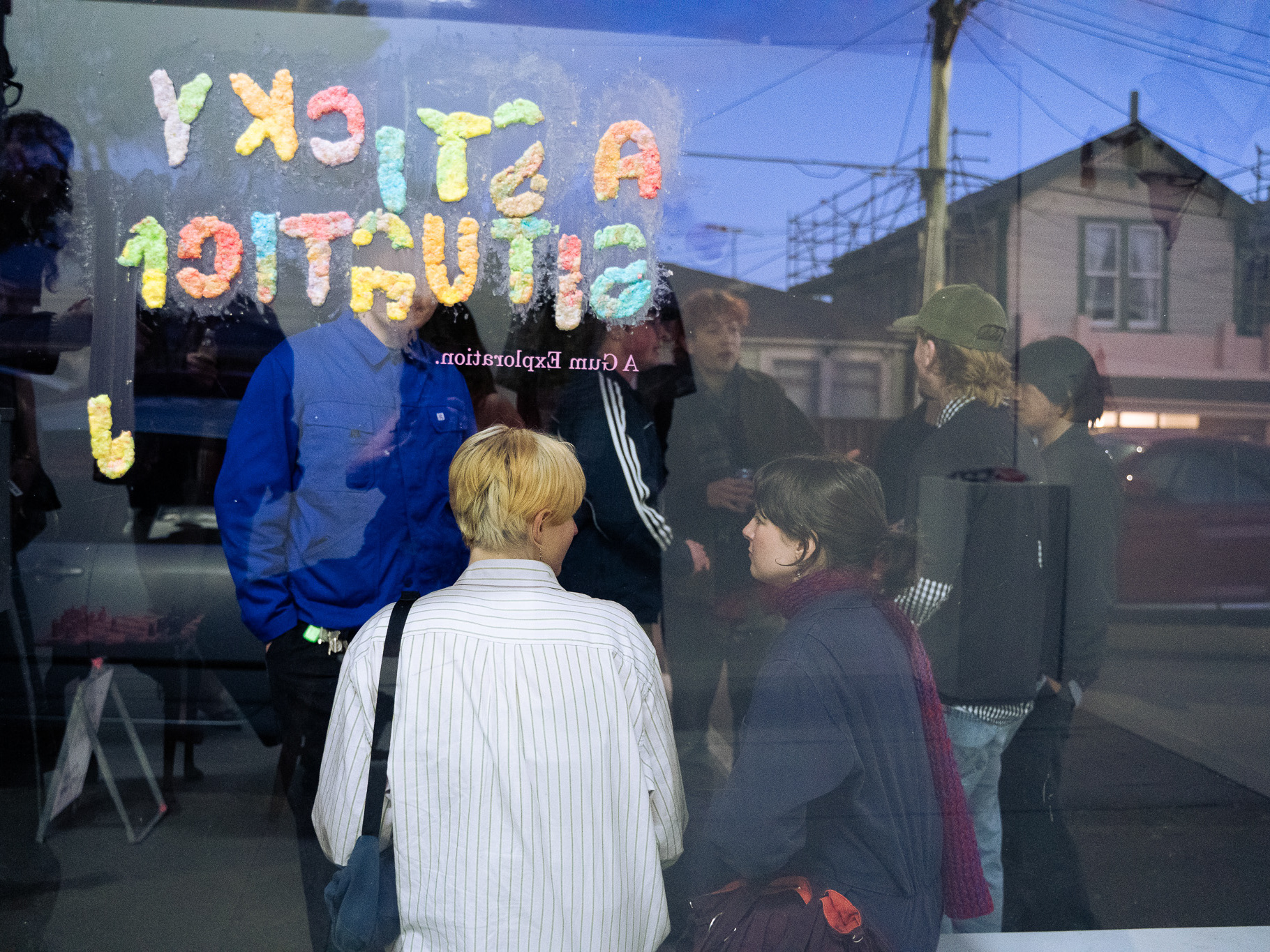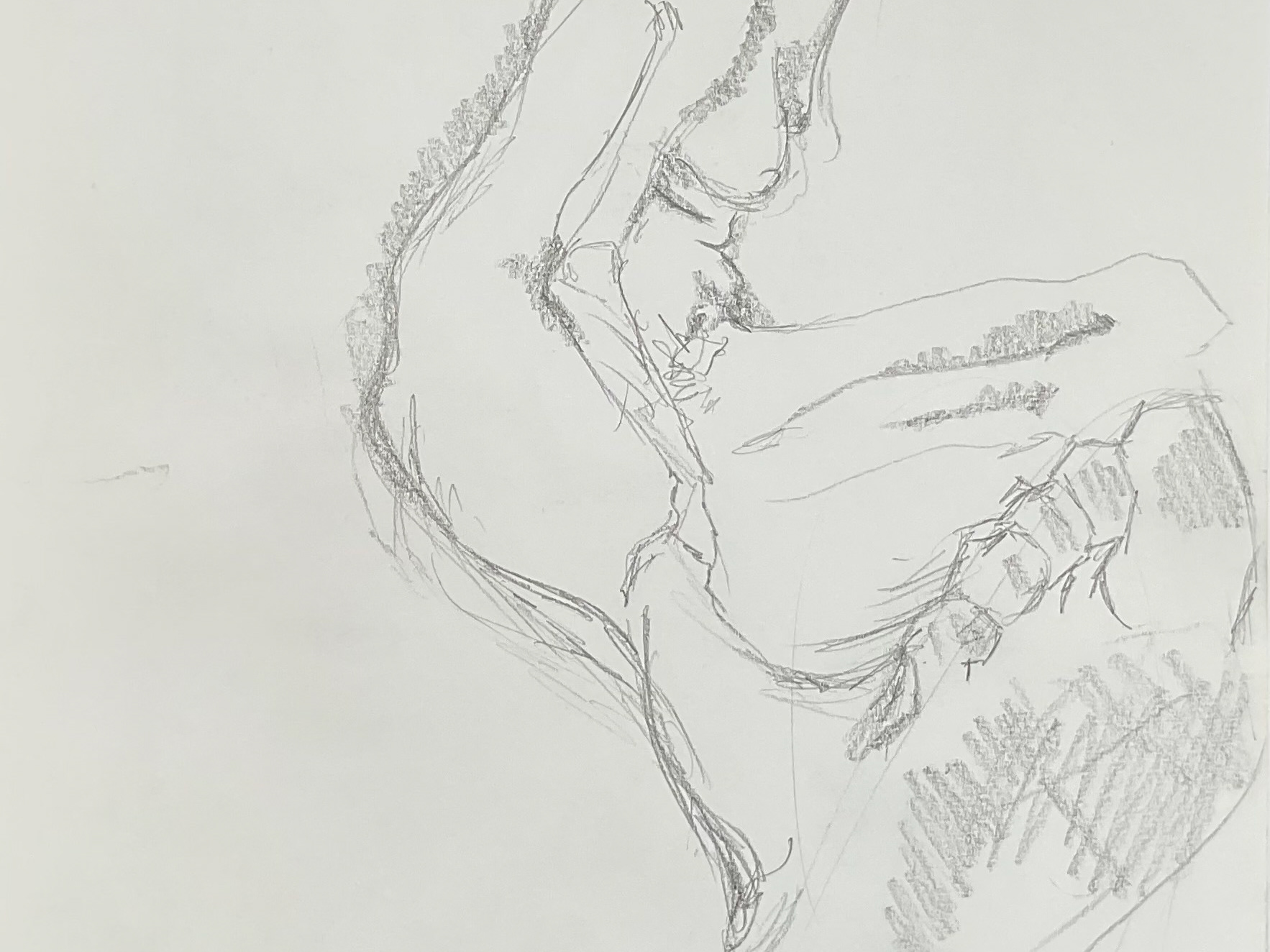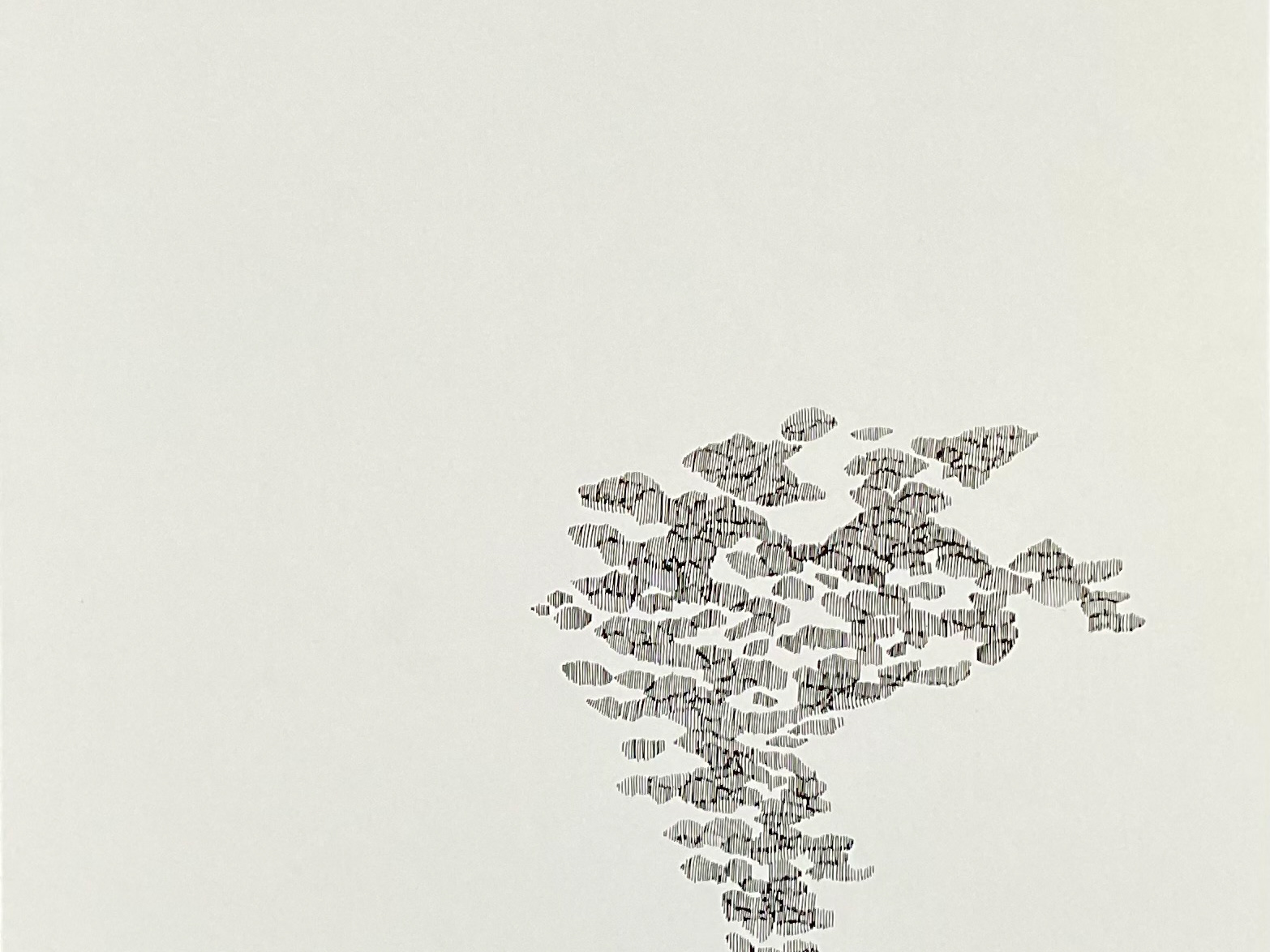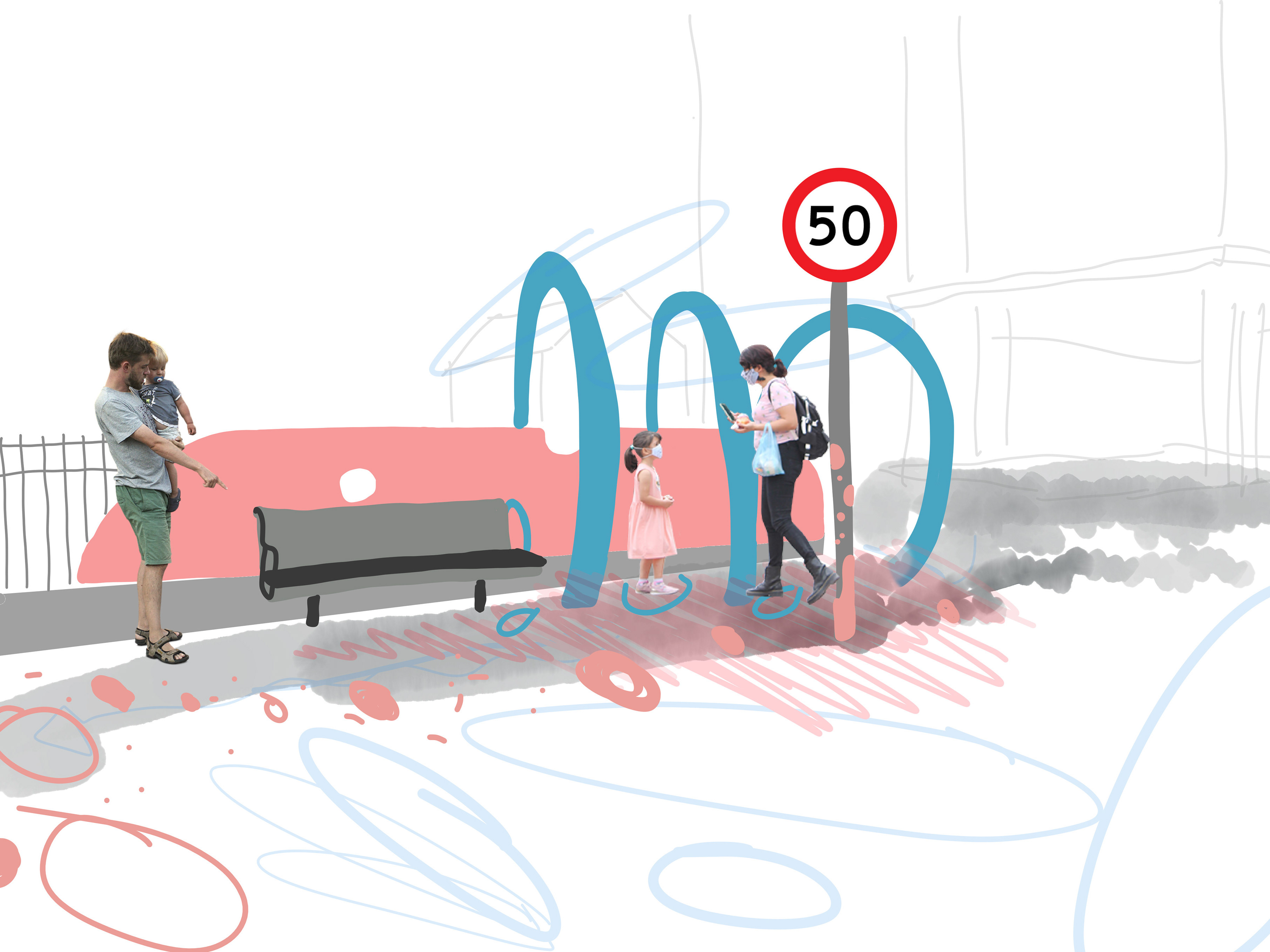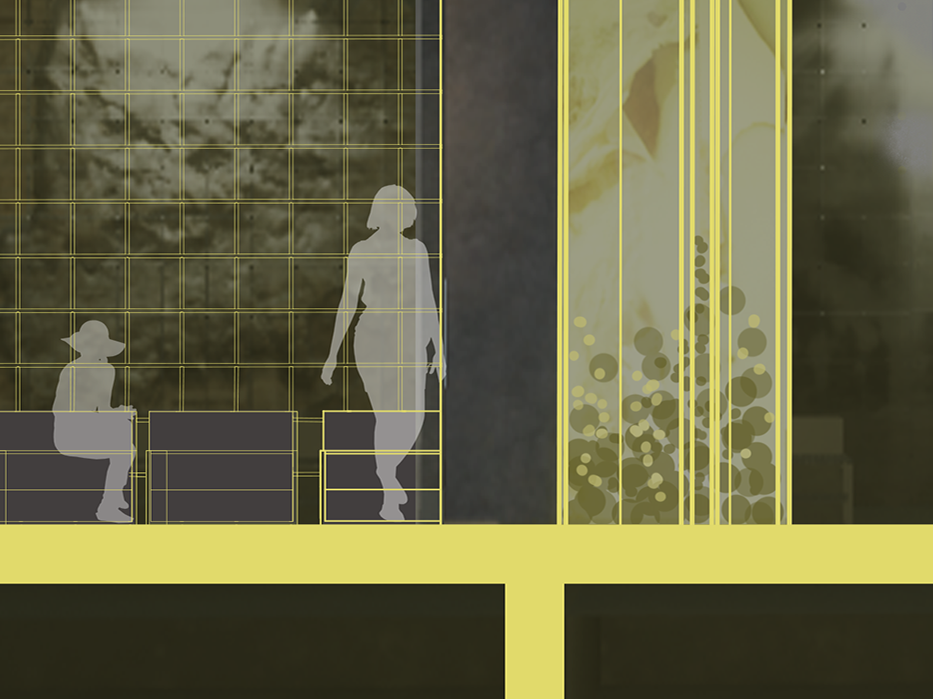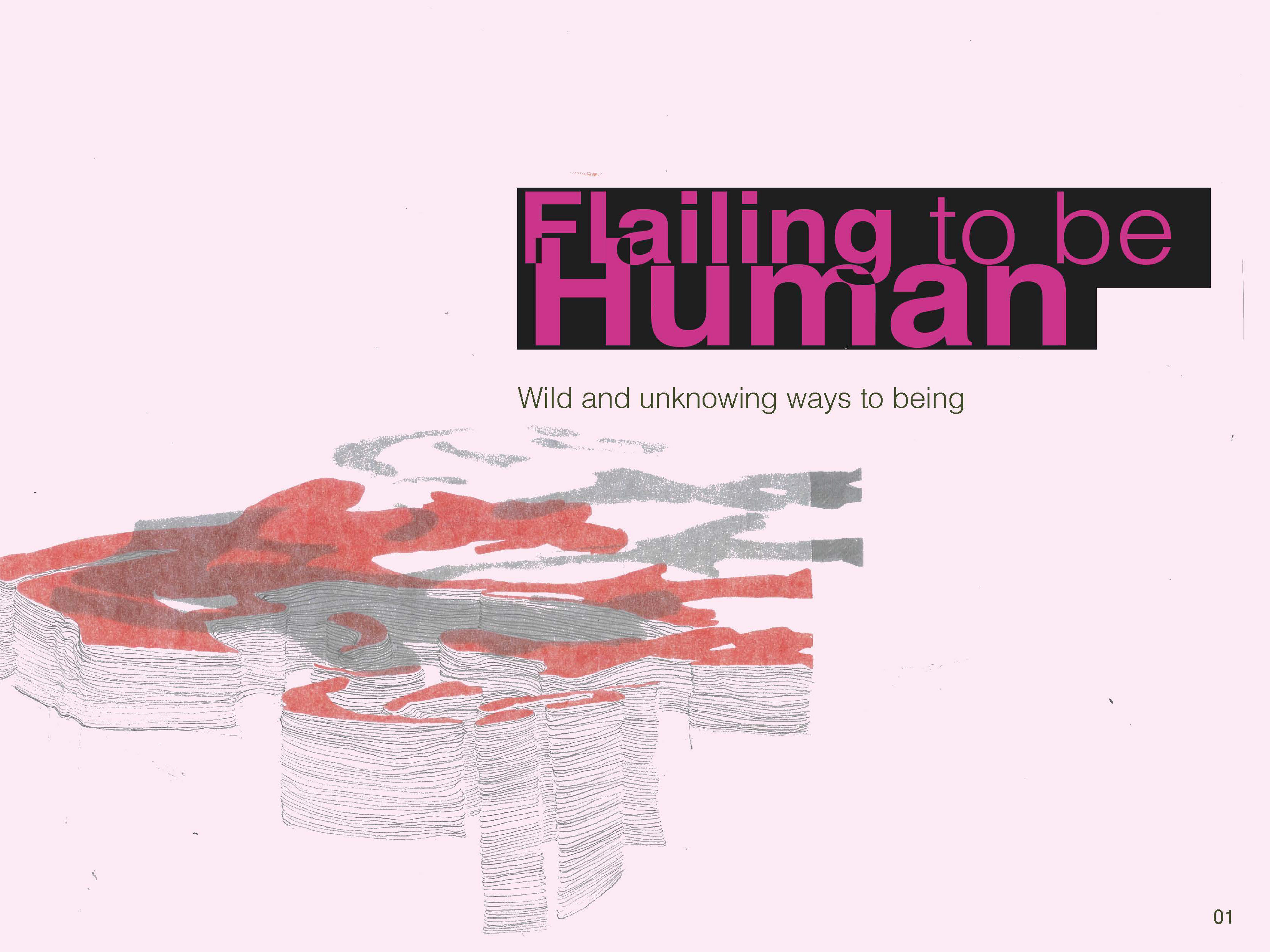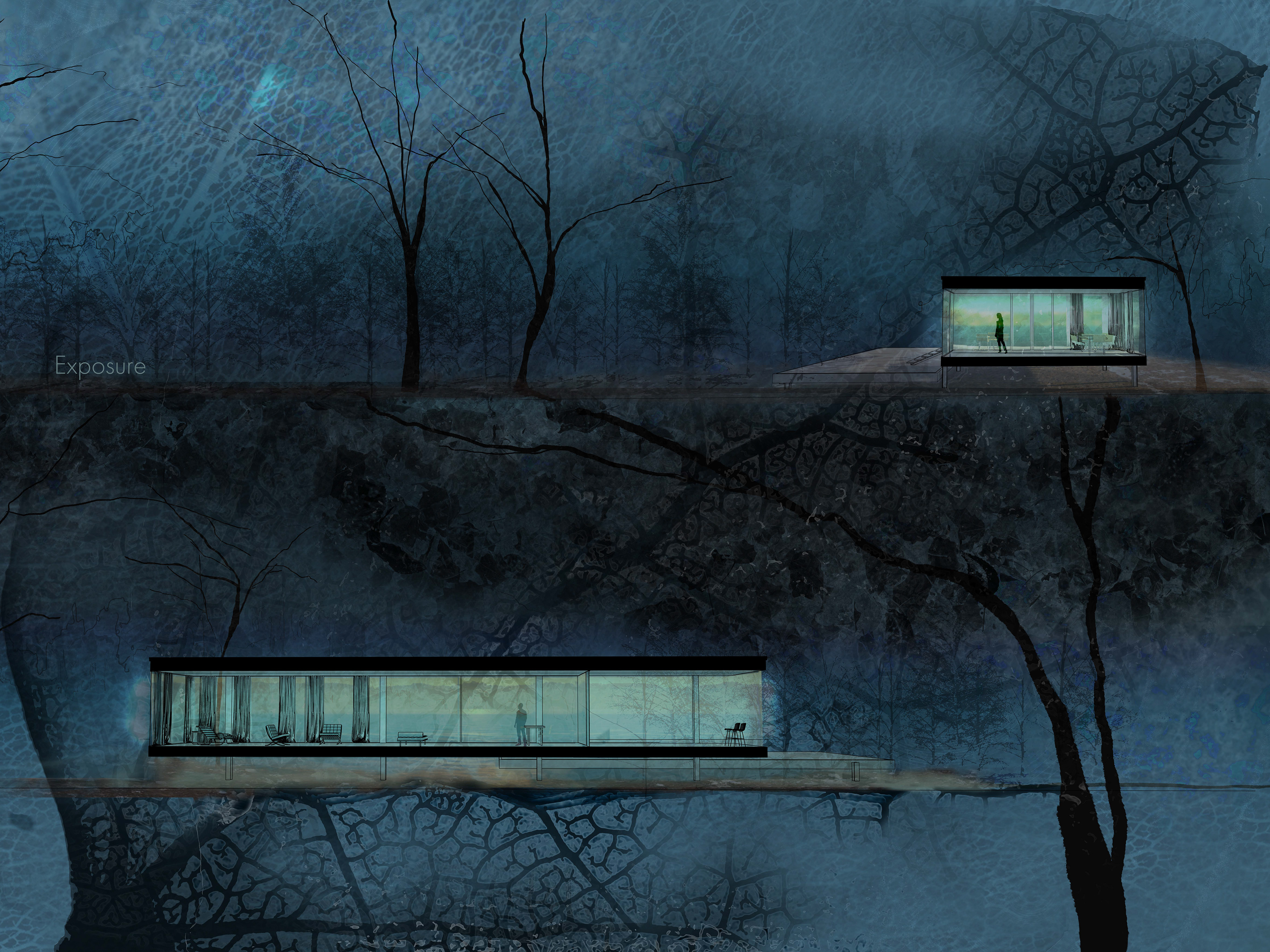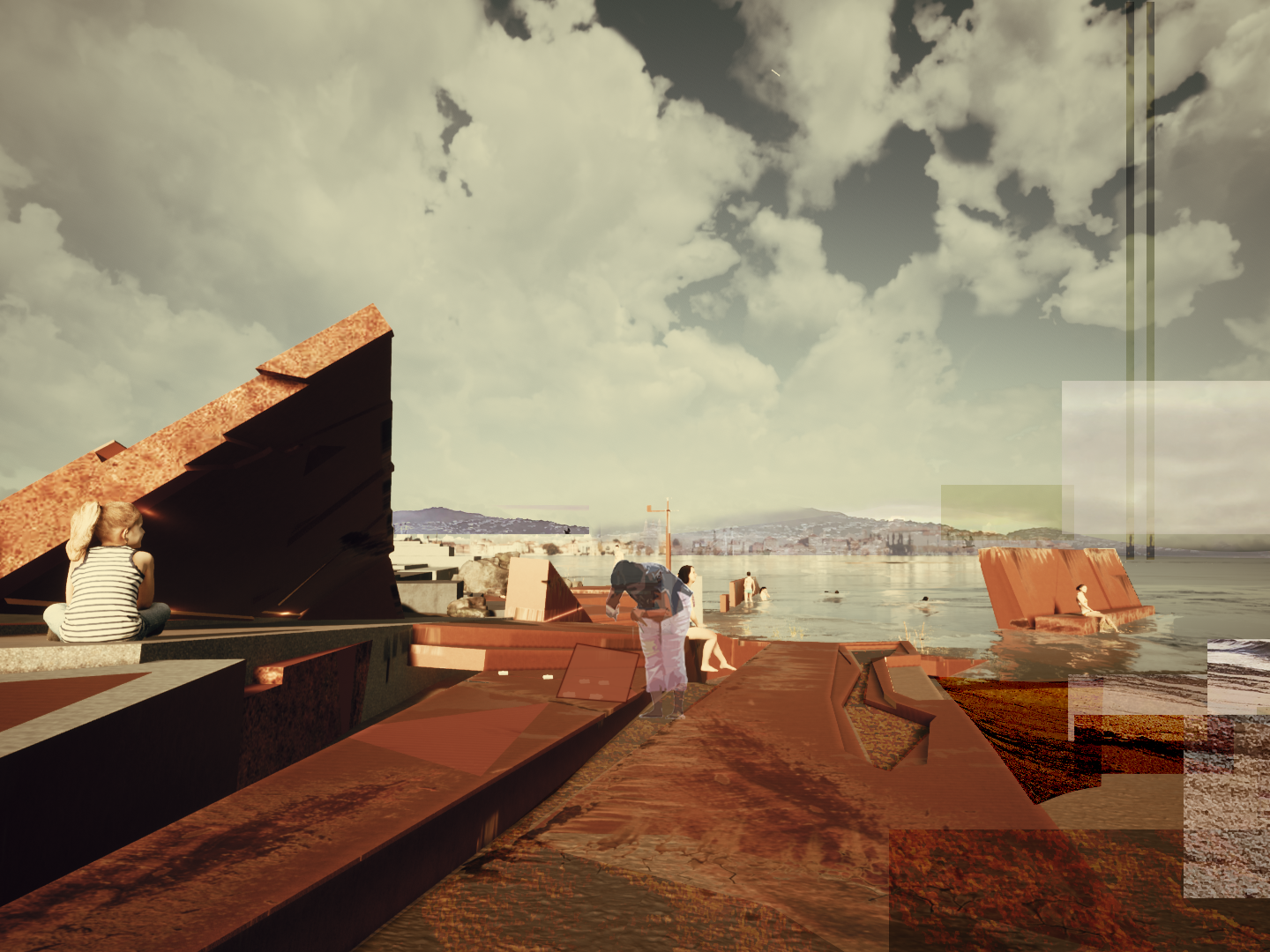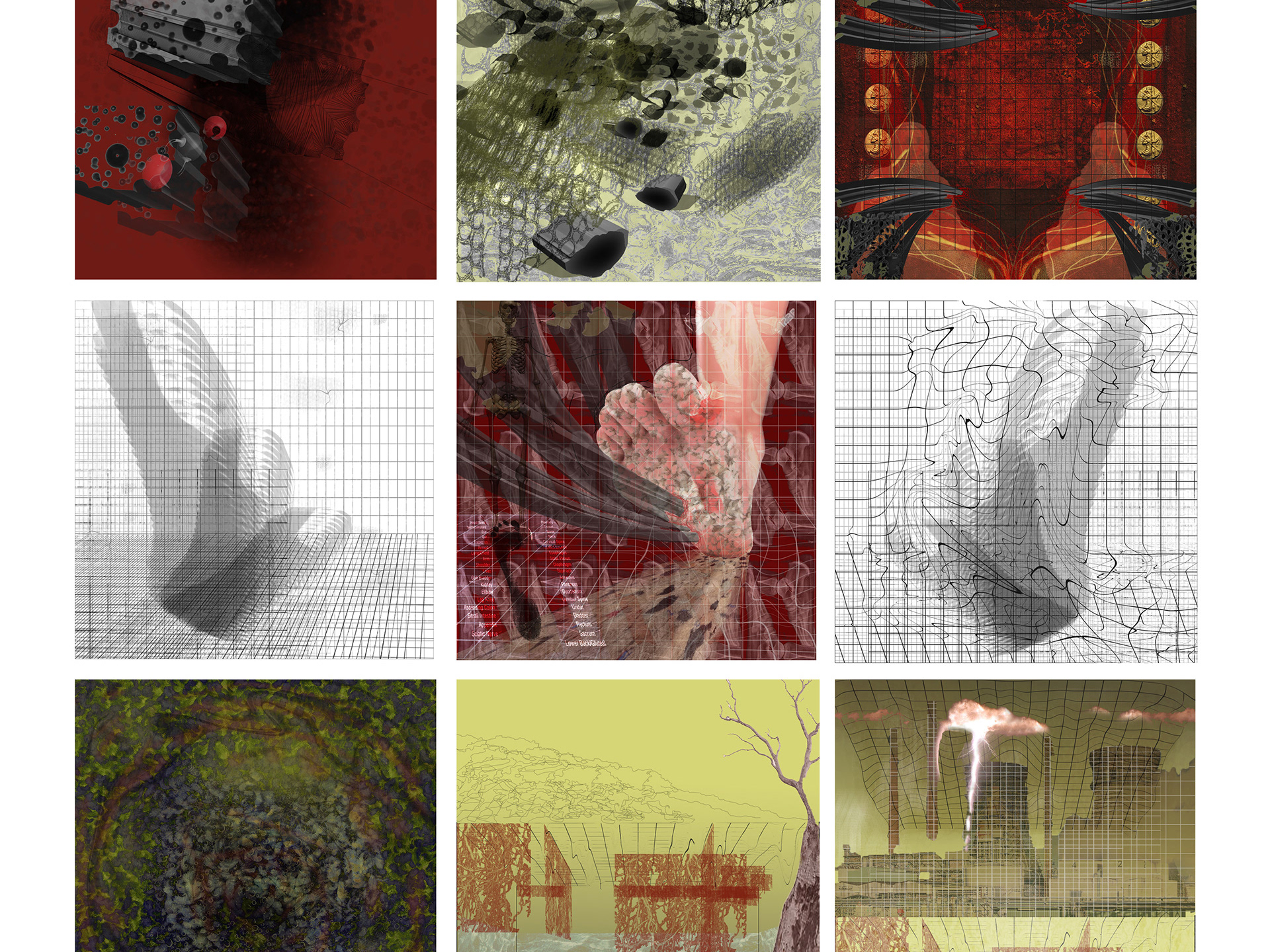Sandpit aims to support the mutual flourishing of human and non-human life. It explores the role of emerging technologies in socio-ecological relationships. Breaking down perceived barriers between ‘nature’ and ‘technology’.
Why:
The project's critical framing is informed by techno feminist and more-than-human theory. It proposes an approach to design for public and landscape design that creates techno-ecological ‘cybrogs’. Island Bay’s Shoreland Park is a former coastal duneland “that is separated from the beach by the road and seawall”.Following a storm in 2013 the decision was made to reinstate the damaged sea wall rather than take the opportunity to re-route the road and restore the dunes. SANDPIT questions this short-sighted human centred decision by imagining what might be possible if ecological restoration is prioritised.
Concept/strategy:
The design is driven by the natural processes of sand dunes. The sand acts as if it has a collective intelligence. The project builds on this understanding of the agency of matter and non-human life. Wind-blown particles compile into mounds and compress over time to form self-supporting structures that protect the coastline. Sandpit allows for this process and enhances it through employing technology based strategies. To enhance the compiling process, rows of flexible rods act as ‘sand fences’ to accelerate the natural dune formation process, regenerating the dunes. A buried high-tech textile aids the compression of sand into a rigid walkable surface, creating pathways that allow people to roam without damaging the dune slopes. A series of sand pits are populated by creative play structures inspired by Māori playgrounds — māra hūpara — to be designed with experts in local ecologies and Māori narratives.
The project maps human and non-human species, their movements and agendas to generate maps, drawings and stop motion video that represent the affected stakeholder ecologies.
The Design:
The species that are present in a healthy local dune ecology of the area became the primary inspiration for the structures in SANDPIT’s playscapes. Replacing Shoreland Park’s existing playground, SANDPIT's play areas aspire to become māra hūpara- a type of indigenous playground that reinforces narratives and values of place. The intention for this project is that these would be designed with local Maori experts.
The interim design concept references the species of the dunes and coastal waters. The play structures encourage creative engagement with narratives of place through the inclusion of species native to the area, and physical movement evocative of the way these non-human species move. This affords those who inhabit the playspace with opportunities to imagine life in this place beyond our human centric perspective
Elevation:
Sandpit proposes approaches to remove barriers between human, non-human and technology to support social, cultural and environmental futures Sandpit addresses how human-centric ideas are expressed through our environment and the way we treat it by offering an alternative way to work with it.
The development of Sandpit came for seeing value in a more- than -human experience of the design. By coming to understand this perspective it inspired the incorporation of technology that would enhance and allow for non-human practices to act out. The merging of natural and unnatural causes Sandpit’s materiality to question the difference between the two. Thus allowing for a social shift in how we see ourselves as a part of nature.
